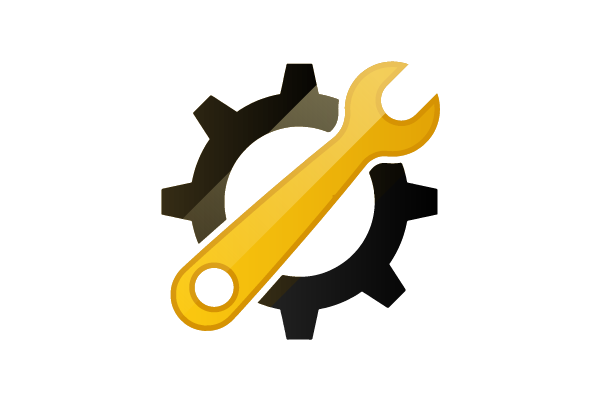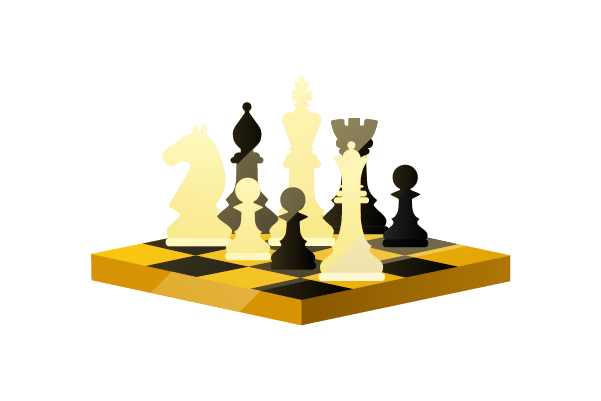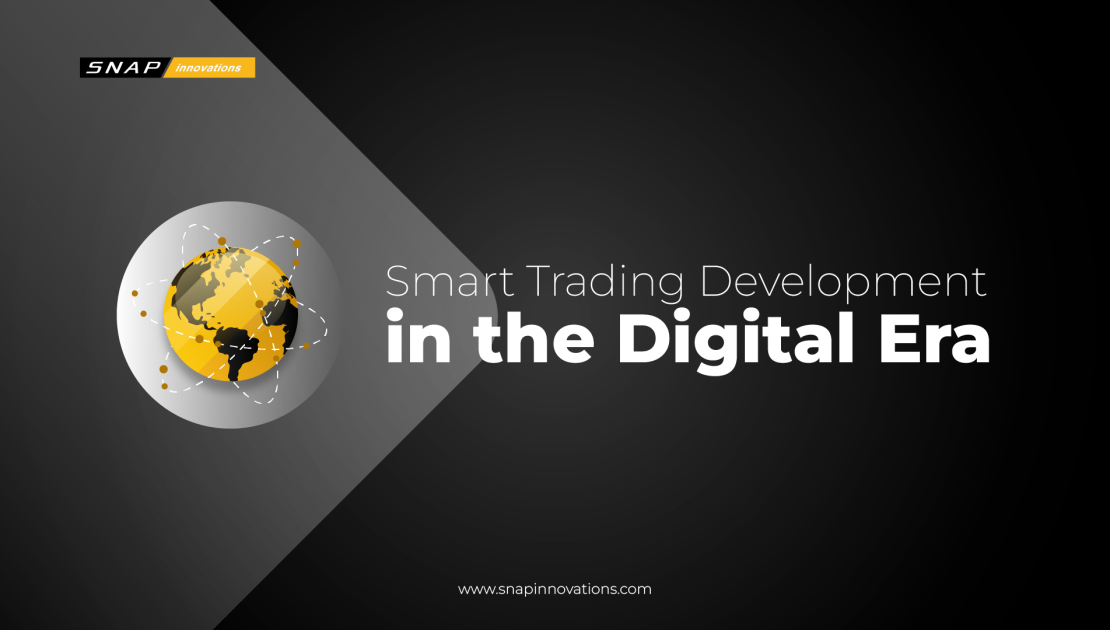In a world that continually shifts towards digitalization, the financial sector isn’t left behind. Among the many transitions we witness, the emergence of smart trading development stands out, offering investors innovative tools to better navigate the financial markets. But what does “smart trading development” really mean, and how is it revolutionizing the way we trade?
Imagine merging technology’s finesse with the strategic complexity of trading. That’s precisely what’s happening in this era. With smart trading platforms and tools, traders are better equipped, more informed, and increasingly strategic in their decisions. Let’s dive deeper into this fascinating realm.
The Genesis of Smart Trading
 The digital era didn’t just bring us smartphones and social media. It’s been a boon for traders, giving rise to what we now refer to as ‘smart trading’. At its core, smart trading is the integration of advanced technology into the trading world, optimizing processes, strategies, and decisions.
The digital era didn’t just bring us smartphones and social media. It’s been a boon for traders, giving rise to what we now refer to as ‘smart trading’. At its core, smart trading is the integration of advanced technology into the trading world, optimizing processes, strategies, and decisions.
In the early days, trading was mostly manual. Traders relied heavily on intuition, personal research, and sometimes sheer luck. However, as the markets grew complex, there arose a need for a more systematic approach. Enter technology – with its algorithms, automation capabilities, and real-time analytics – changing the game forever.
Now, smart trading platforms employ machine learning, artificial intelligence, and big data analytics to predict market movements, automate trades, and offer personalized trading strategies. It’s a blend of the best of both worlds: human intuition and machine precision.
Read More: FIX Protocol: Secrets of How It Really Works
Tools That Power Smart Trading
 With the surge in smart trading, a multitude of tools have emerged to aid traders. Here are some of the key ones:
With the surge in smart trading, a multitude of tools have emerged to aid traders. Here are some of the key ones:
1. Algorithmic Trading Platforms:
What are they? Platforms that automate trading by following a set of predefined rules.
How do they work? They combine various indicators and strategies to execute trades. By doing so, they reduce the influence of human emotions and biases, ensuring more consistent trading decisions.
Benefits: Faster trade execution, consistency in trading, and reduced chances of manual errors.
2. Predictive Analytics Tools:
What are they? Tools designed to forecast future market movements.
How do they work? They analyze vast amounts of historical data, current market trends, and use sophisticated algorithms to predict potential market shifts.
Benefits: Provides traders with an edge by offering insights into potential future market movements, allowing for more informed trading decisions.
3. Robo-Advisors:
What are they? Automated platforms offering financial planning and trading advice.
How do they work? After assessing a user’s financial goals and investment preferences, robo-advisors use algorithms to suggest trading strategies or investment portfolios.
Benefits: Personalized trading or investment recommendations, lower fees compared to traditional financial advisors, and continuous portfolio management.
4. AI-Driven Market News Analyzers:
What are they? Tools that provide real-time market news analysis.
How do they work? They utilize AI to scan various news sources and social media platforms, gauging sentiments and identifying trends that might impact the markets.
Benefits: Keeps traders informed about real-time market-affecting news, helps in making timely trading decisions based on current events, and offers a sentiment analysis of the market.
Strategies for Efficient Smart Trading
 In the dynamic world of trading, leveraging smart tools is only half the battle. The real edge comes from how effectively you utilize these tools in tandem with strategic thinking. Here’s a deeper dive into three pivotal strategies to enhance your smart trading approach:
In the dynamic world of trading, leveraging smart tools is only half the battle. The real edge comes from how effectively you utilize these tools in tandem with strategic thinking. Here’s a deeper dive into three pivotal strategies to enhance your smart trading approach:
Stay Informed: Relying solely on technology can be a pitfall. It’s imperative to complement automated insights with a keen awareness of market fluctuations, global events, and the latest in tech innovations. By synthesizing real-time data with your personal knowledge, you can make more informed and strategic trading decisions.
Diversify Your Tools: Placing all your trust in a single platform can be limiting. By diversifying your toolkit, you gain a holistic perspective of the market. Think of it as consulting multiple experts before finalizing a significant trade. This multi-faceted approach can help mitigate risks and uncover hidden opportunities.
Commit to Continuous Learning: The landscape of smart trading is in constant flux. To stay ahead of the curve, it’s essential to invest in your growth. This could mean enrolling in specialized courses, participating in webinars, or engaging with trading communities. By actively seeking knowledge, you position yourself at the forefront of trading innovations.
In essence, while smart tools provide the foundation, it’s your strategic approach that determines trading success. Embrace these strategies to navigate the trading waters with confidence and precision.
The Future of Smart Trading Development
While we’ve seen significant advancements, the world of smart trading is still in its infancy. What’s next? Here’s a glimpse into the future:
Integration of Virtual Reality: Imagine trading in a VR environment, accessing data in three dimensions, and experiencing market movements almost tangibly. It’s not sci-fi; it’s the future.
Advanced Neural Networks: As AI progresses, we’ll see trading platforms that can think and learn almost like humans. They’ll adapt to market changes swiftly and might even predict long-term trends with unprecedented accuracy.
Decentralized Trading Platforms: With the rise of blockchain and decentralized finance, we’ll see trading platforms that are not controlled by any central authority. This means more security, transparency, and accessibility.
Personalized Trading Environments: Traders will have platforms tailored entirely to their preferences, learning behaviors, and trading styles. Imagine a tool that evolves with you, continually optimizing to enhance your trading experience.
Also Read: White Label Copy Trading: What You Need to Know
The Role of Education in Smart Trading
Education plays a paramount role in the world of smart trading. At its core, trading, even when enhanced by the most advanced tools, requires a deep understanding of market dynamics, risk management, and investment strategies. As technology continues to evolve, the gap between those who are educated in its nuances and those who aren’t becomes more pronounced.
Firstly, education equips traders with the foundational knowledge they need. It’s one thing to have access to sophisticated tools, but understanding how to use them effectively, interpret their outputs, and make informed decisions is where education comes into play. A well-educated trader can leverage technology to its fullest potential, maximizing returns and minimizing risks.
Moreover, the world of smart trading is not static. New tools, algorithms, and strategies are continually being developed. Continuous education ensures that traders stay updated with the latest advancements, allowing them to adapt and innovate in their trading approaches.
Additionally, with the influx of information in today’s digital age, discerning credible sources from misleading ones is crucial. Education provides traders with the analytical skills to sift through vast amounts of data, ensuring they base their decisions on accurate and relevant information.
Lastly, as regulatory landscapes shift and ethical considerations in trading gain prominence, education guides traders in navigating these complexities. An educated trader is not only equipped to achieve financial success but also to do so responsibly and ethically.
In essence, while technology provides the tools for smart trading, education is the compass that guides traders in using these tools wisely and effectively. It’s the bridge between having resources and knowing how to harness them for optimal results.
Conclusion
Smart trading development is not just a buzzword; it’s a paradigm shift in how we approach trading in the modern era. It offers a blend of human intuition and technological sophistication, providing traders an edge in a competitive market.
As we step into the future, the line between technology and trading will blur further. As traders, staying informed, adaptable, and open to new tools and strategies will be the key to success. The digital era of trading is here, and it’s exciting, dynamic, and full of promise. So, whether you’re a novice or a seasoned trader, it’s time to embrace the future and make the smart move!

